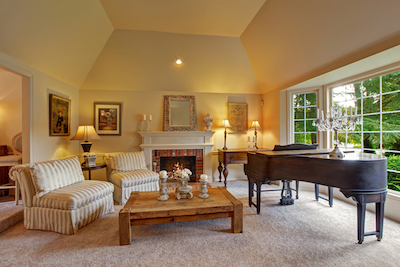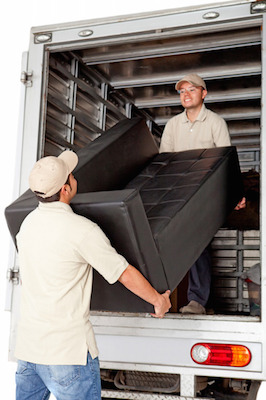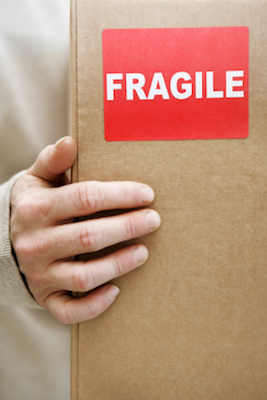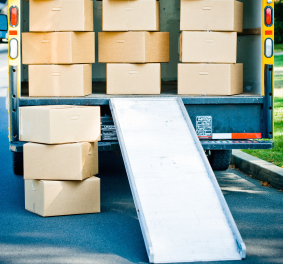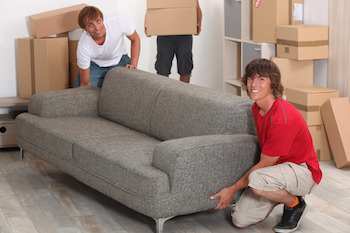One look at a piano should be all it takes to realize it’s not like moving other pieces of furniture. Whether its an upright or a grand, these items are big, bulky, and heavy. One slip up can spell disaster.
Consider the fact that an average piano weighs anywhere from 300 to 1,000 pounds or more. Now, look at how that weight is distributed. Depending on the make and model, it can easily be worth multiple thousands of dollars. This isn’t something you want to trust to the average mover. It takes extreme care, so it’s handled in the right way. If you have a piano you care for, you need to invest in a professional piano mover.
Professional movers do a lot of things before they ever walk into your home.
They have the right tools for the job. They use blankets for proper coverage and protection. They use tape to ensure protection stays in place. They use dollies capable of handling a piano’s weight. These use skid boards to ensure a piano stays in place. They use straps to help them with the move.
They also use the right amount of people. Often, this isn’t a two person job. Depending on the size of your piano, multiple people are needed to ensure it moves easily from the room, through doorways, around corners, and up or down stairs.
They also know to ensure they have a clear path before they ever lift a finger. Will the piano fit properly through doorways and around corners? We’ve seen many do-it-yourselfers get stuck because they try and shove a piano where it won’t go.
They also know that many parts of a piano are delicate by nature. The thin, decorative legs can easily snap off. The pedals are easily damaged. All of this should be removed and well protected.
Once complete, it’s also vital to ensure everything is back in working condition. That means re-tuning it and cleaning it to make sure it’s in top shape.
If you’re moving and you want some advice, give us a call today. We can help you make your move successfully, with your piano being in as good of shape at your final destination as before you moved.




